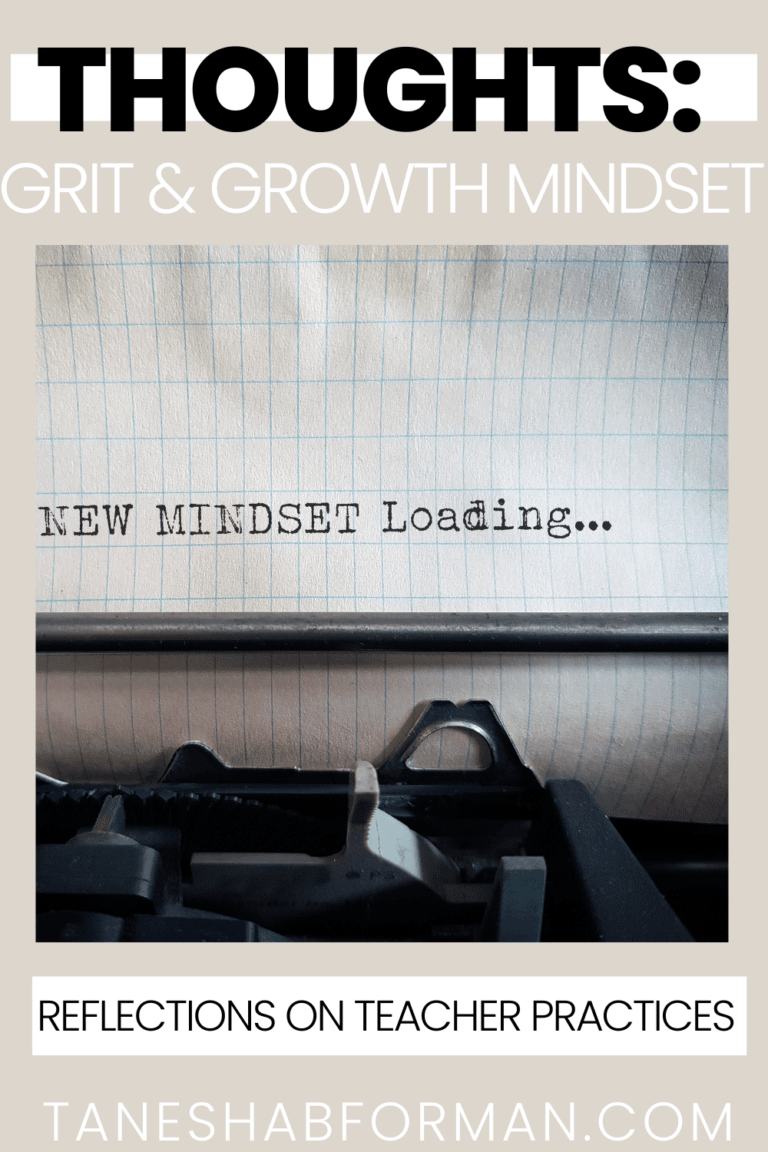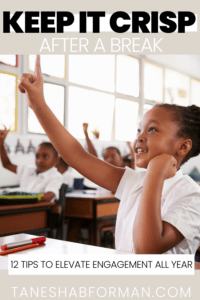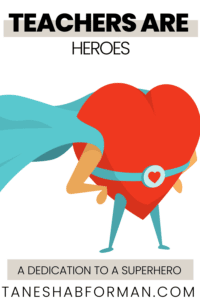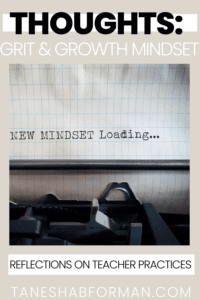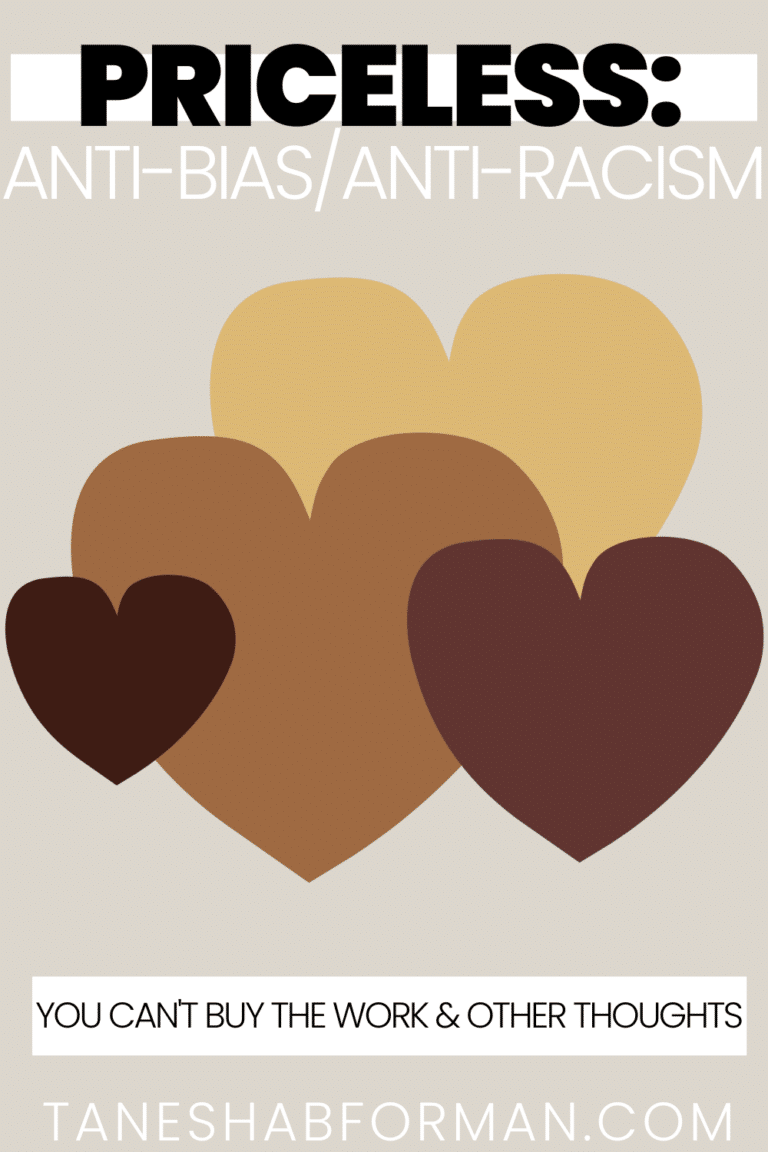
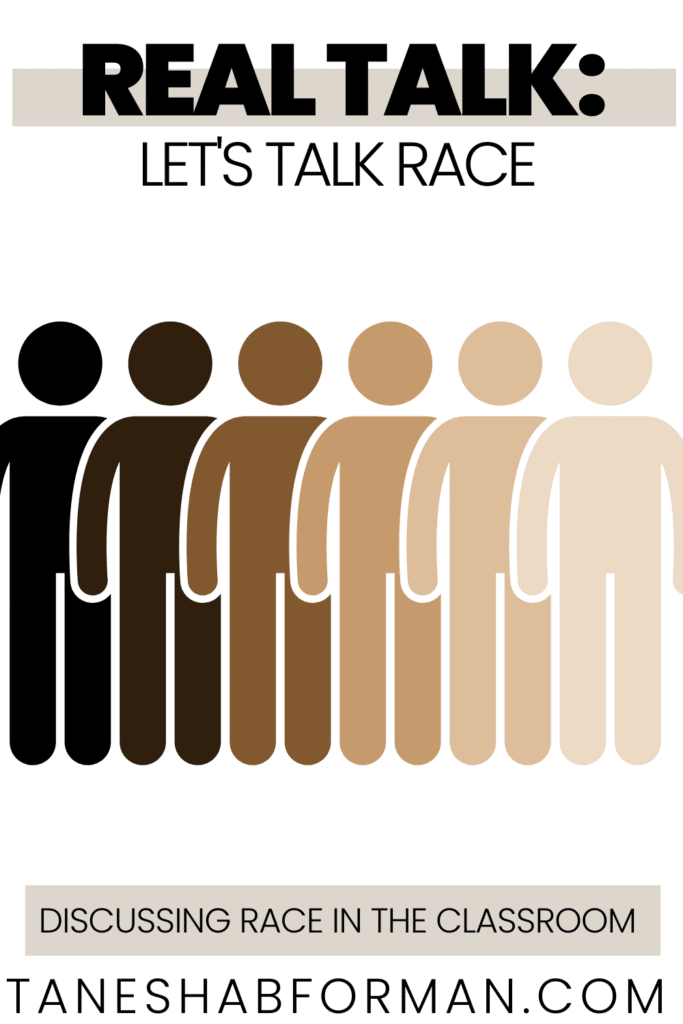
Discussing Race in the Classroom
As a teacher you never know what type of question you’ll get. Regardless of the grade level, scholars ask what they will when the spirit hits them. Sometimes we have quick answers, or can give the “we’re not talking about that right now” speech. Other questions require more thought, and many times a pause in the daily lesson. My students have asked “Why do the police hate us?” “What will happen to us if Donald Trump is elected?” “Why are some Latinos darker than others?” Answering these questions was certainly not apart of my teacher training, but definitely a necessity. This post includes some of the strategies I use when discussion race with my students.
Regardless of the population you teach, it’s important to recognize that there are differences among students. All of my students are Black America, Latino, or Afro Latino. I believe that it is critical for me to acknowledge that they are all students of color, but their walk of life varies greatly. There are so many factors that play into the how students identify that it’s important to stop and acknowledge the nuances.
Before engaging in a conversation about race, it’s important to recognize that we are all on this journey, and none of us has all the answers. Additionally, talking about race is difficult and something society has trained us to shy away from. I talk about race because there are times when it comes us during class. Despite being a woman of color, I am NEVER comfortable. Just this week one of my students used the n-word to address two of his peers, and they were offended. It wasn’t an easy conversation to facilitate, but I jumped right in and did the best I could.
★Why do you feel this way?
★How do you identify?
★What can I do to help?
★Can you please give more details about XYZ?
★How long have you been thinking about this?
★What do you see as a solution?
I do not believe it is possible to create a space where all students, or teachers feel comfortable when talking about race, class, and privilege. However, we can set parameters to ensure that students are being respectful to one another. It can be useful to share with students the assumption that while we are not to blame for the racism in society, we can assume responsibility for working against it. Some nonnegotiables in my classroom (regardless of the conversation) include no:
★laugh at a peer
★sucking teeth/rolling eyes at a comment
★calling out after a comment
★talking over a peer
When conversations about race come up, I try to step back and take on the facilitator role. I recognize the limitations of my own perspective, and while my background is similar-ish to my students, the differences matter. I want my students to guide the conversation.
A Few Resources:
Identity Safe Classrooms
Talking About Race
NPR Uncomfortable Conversations

PIN FOR LATER!
JOIN THE COLLECTIVE
Sign up and access the FREE resources to support your Anti-Bias/Anti-Racism journey.

Tanesha B. Forman
I'm a current middle school administrator who loves breaking down complex topics and providing opportunities for educators learn, reflect, practice, and implement methods that foster equity and anti-racism. I believe we win together!
Behind the Blog


Hi, I'm Tanesha.
I’m a current middle school administrator who loves breaking down complex topics and providing opportunities for educators learn, reflect, practice, and implement methods that foster equity and anti-racism. I believe we win together!







